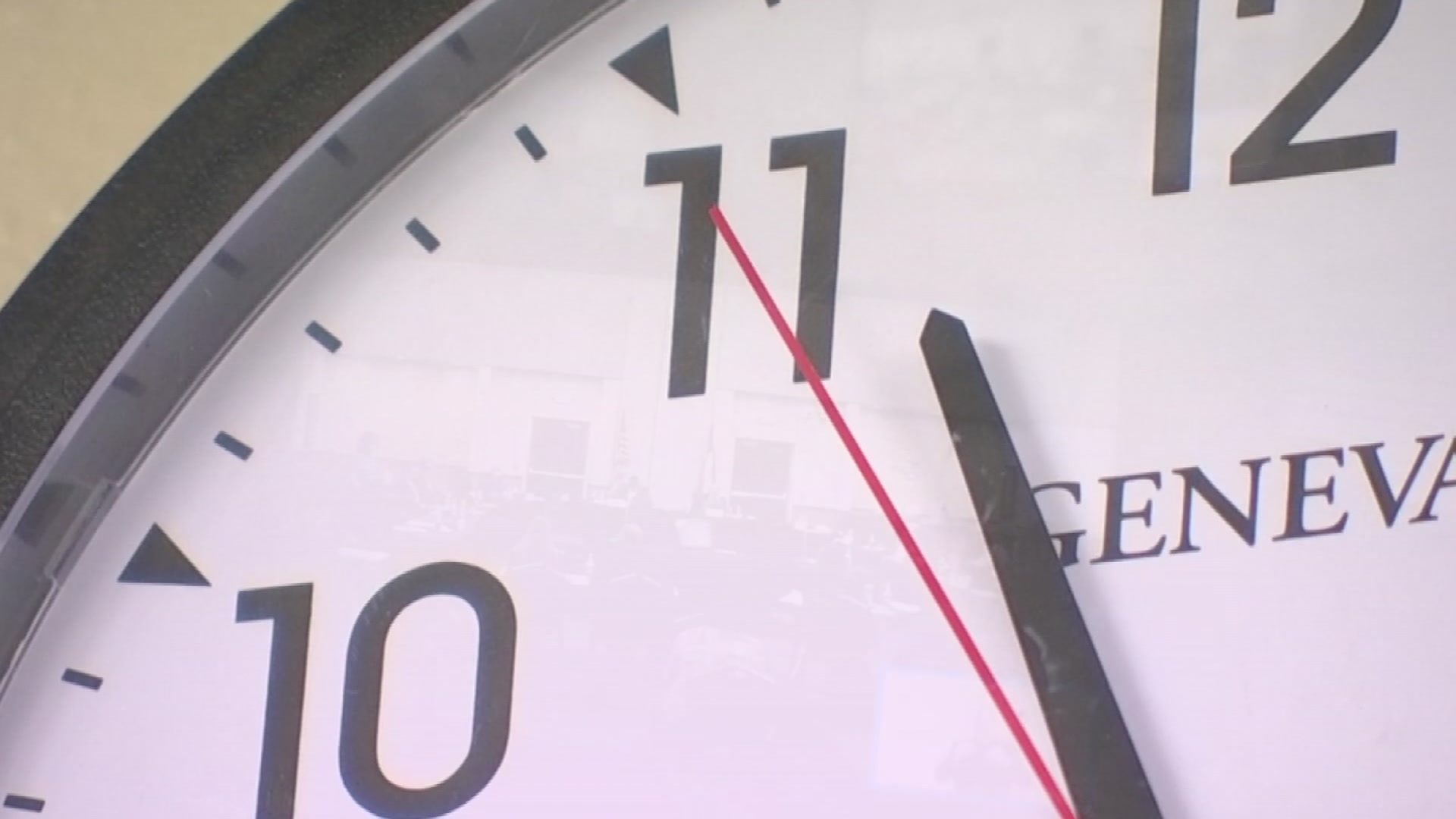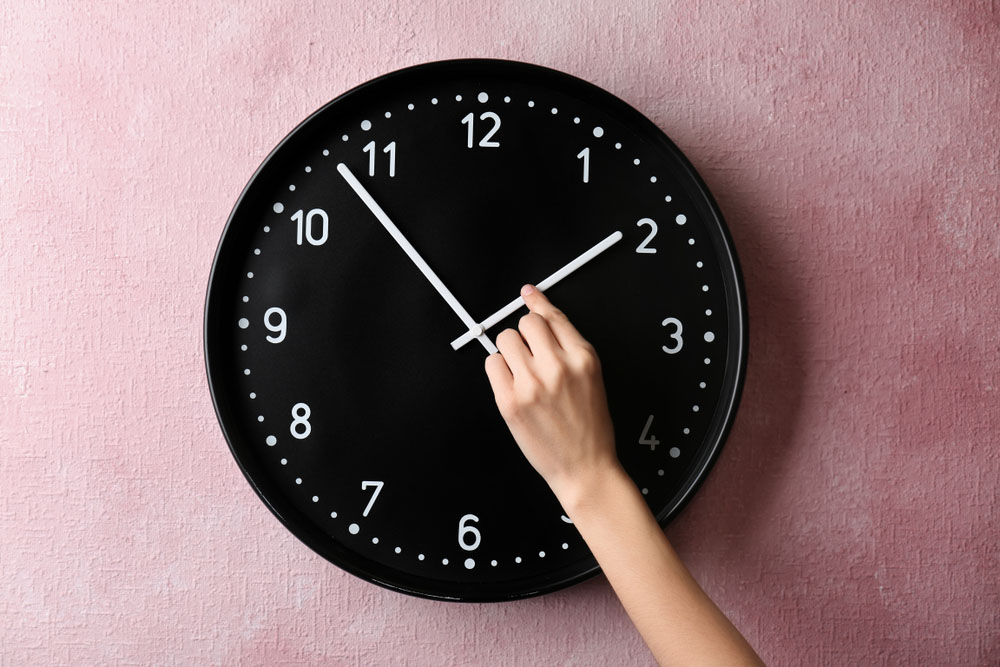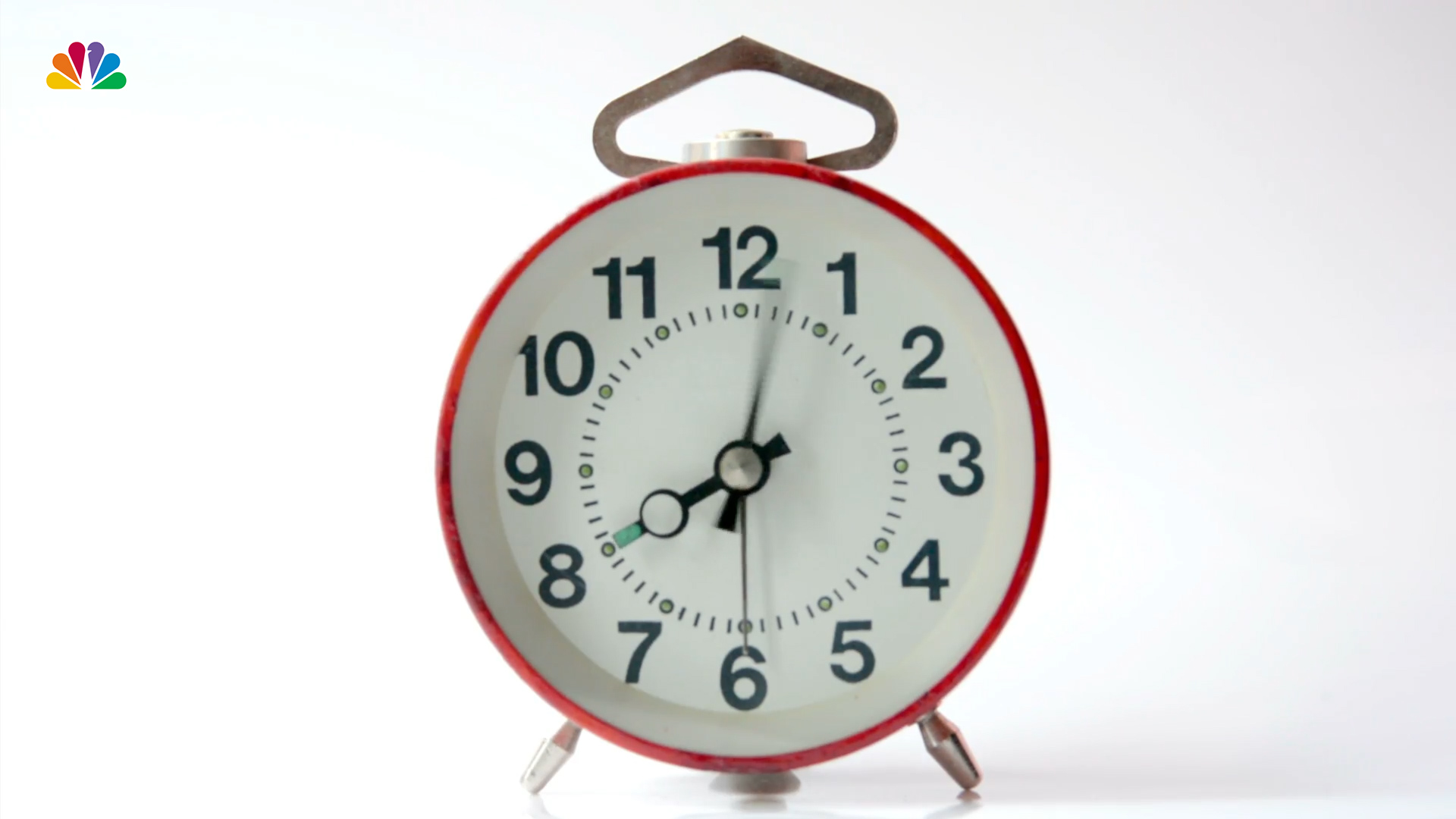Yes, daylight saving time is ending, but it might not be in the way you think.
As it stands, clocks are set to "fall back" as this year's daylight saving time comes to an end. But so far, proposals to end the changing of clocks have stalled and no official end is in sight.
So what does that mean for you and what could come next?
Here's a breakdown of how daylight saving time works:
Feeling out of the loop? We'll catch you up on the Chicago news you need to know. Sign up for the weekly Chicago Catch-Up newsletter here.
When Does Daylight Saving Time Begin and End?
Daylight saving time begins in March and ends in November in what is often referred to as "spring forward" and "fall back."
In the United States, daylight saving time lasts for a total of 34 weeks, running from early-to-mid March to the beginning of November in states that observe it.
In 2022, daylight saving time began on March 13, more than a full week before the official start of spring. On that date, Illinoisans set their clocks one hour ahead. It ends on Nov. 6.
Under the conditions of the Energy Policy Act of 2005, daylight saving time starts on the second Sunday in March and ends on the first Sunday in November.
But it wasn't always that way.
Clocks used to spring ahead on the first Sunday in April and remain that way until the final Sunday in October, but a change was put in place in part to allow children to trick-or-treat in more daylight.
Could Daylight Saving Time End Entirely?
Earlier this year, the senate unanimously passed legislation known as the Sunshine Protection Act, which would make daylight saving time permanent and effectively eliminate the seasonal changing of the clocks.
But it still needs to pass the House and be signed by President Joe Biden before it is approved.
And according to a July article from The Hill, the bill has hit a "brick wall" in the House.
“We have so many other priorities, but it doesn’t mean because it’s not a priority that we’re not trying to work on it. We are,” Rep. Frank Pallone said, later adding, “If we can accomplish anything, it wouldn’t be until the fall.”
According to Reuters, at least 30 states have introduced legislation to end the practice of changing times each year, and Pallone cited a study that suggested 71% of Americans are in favor of ending the time change each year.
Supporters of the bill, including co-sponsor Sen. Marco Rubio, said that giving children an additional hour of sunlight after school will allow for safer trips home, more time spent outdoors and other health benefits. He also argued that there would be economic benefits to such a change.
But some experts say permanent standard time might be more beneficial.
What is Standard Time?
According to the website Time and Date, standard time is the local time in a country or region when daylight saving time is not in use.
"More than 60% of the countries in the world use standard time all year," the site says. "The remaining countries use DST during the summer months, generally setting clocks forward one hour from standard time."
According to the AASM, it's standard time that more closely matches our body's internal clock.
"The daily cycle of natural light and darkness is the most powerful timing cue to synchronize our body’s internal clock," the Illinois-based organization says. "When we receive more light in the morning and darkness in the evening, our bodies and nature are better aligned, making it easier to wake up for our daily activities and easier to fall asleep at night. Daylight saving time disrupts our internal clock, leading to sleep loss and poor sleep quality, which in turn lead to negative health consequences."
Which is Better? Here's What Sleep Experts Say
While the legislation on the table is currently to make daylight saving time permanent, the AASM says it's permanent standard time that should be adopted instead, with one reason being to ensure safety for morning commutes.
"For morning commuters and children heading off to school, dark mornings caused by permanent daylight saving time pose numerous safety concerns," the AASM says. "This would be especially problematic during the winter months when days grow increasingly shorter."
"More darkness during early morning commutes may also contribute to an increased risk of traffic fatalities, according to studies," the organization goes on to say.
Sleep experts also argue that permanent daylight saving time would "disproportionately" affect people living in the northern part of the U.S.
"Some parts of Montana, North Dakota and Michigan would not see sunrise until after 9:30 a.m. during the winter months," the AASM said, if the country adopted permanent daylight saving time.
"More populous cities would be impacted by darker mornings as well – with permanent daylight saving time, sunrise wouldn’t occur until 8:20 a.m. in New York City in January. In Los Angeles, sunrise in January would be at almost 8 a.m., and in Minneapolis, sunrise would be at nearly 9 a.m."
Sleep experts at the organization go on to say that seasonal time changes overall are unfavorable to health. According to the AASM, the changes have been linked to an increase in stroke, hospital admissions and cardiovascular events.
"One study found a reduction in the rate of cardiovascular events during standard time in particular, suggesting that the chronic effects of daylight saving time may lead to a higher risk of adverse health problems when compared with standard time," it says.
As it stands, daylight saving time in Illinois isn't ending for good, but it is ending for this season. That means on Nov. 6, you'll need to make sure your clocks fall back.




